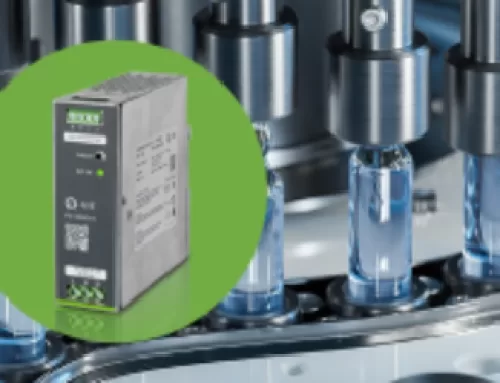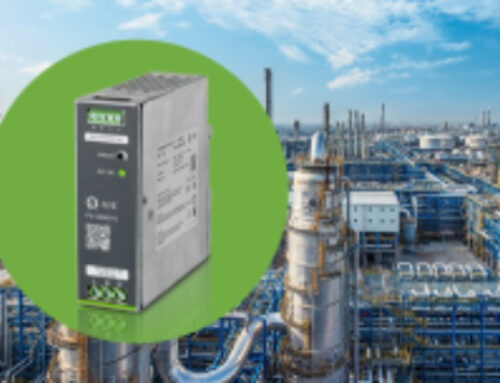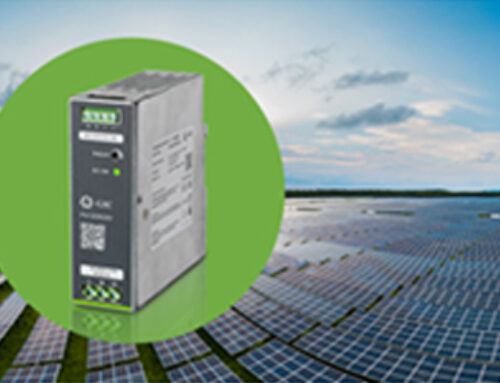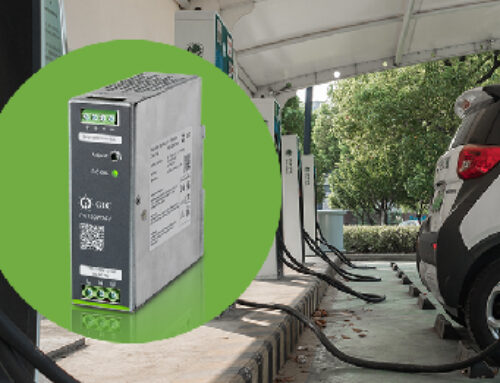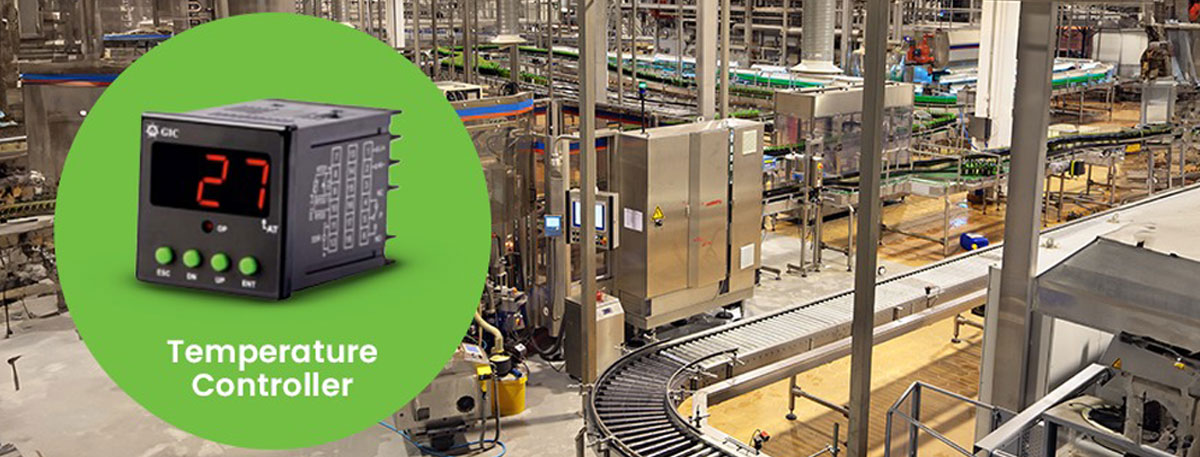
The Role of GIC’s Temperature Controllers in Food Processing and Safety
Temperature controllers are essential products used in food processing to maintain precise temperature levels, ensuring food safety and quality. In the blog, we will delve into its significance and functions in detail.
Understanding Temperature Controllers
Temperature controllers are essential electronic devices used in industrial processes like food processing to regulate and maintain precise temperatures. These controllers utilize temperature sensors, microprocessors, control panels, and output control mechanisms to monitor and adjust heating or cooling elements based on setpoint temperatures. Operating on feedback control principles, temperature controllers offer benefits such as precision, automation, flexibility, and efficiency. In food processing, these controllers are crucial for ensuring food safety, quality, and regulatory compliance by controlling temperatures during various production stages. Leveraging temperature controllers enhances product consistency, operational efficiency, and overall food quality in processing facilities.
Functions of GIC’s Temperature Controllers
- Temperature Monitoring: Temperature controllers continuously monitor the current temperature using sensors.
- Setpoint Comparison: They compare the actual temperature with a predefined setpoint to determine the necessary adjustments.
- Control Activation: Based on the comparison results, the controller activates heating or cooling elements to adjust the temperature.
- Feedback Control: Operate on feedback control principles to make real-time decisions for maintaining the desired temperature.
- Feedback Control: Operate on feedback control principles to make real-time decisions for maintaining the desired temperature.
- Precision Control: Offer precise temperature control, ensuring accuracy in maintaining set temperatures.
- Energy Efficiency:Enhance energy efficiency by optimizing heating and cooling cycles based on temperature requirements.
- Critical for Food Safety: In food processing, they are crucial for ensuring food safety, quality and compliance with regulatory standards.
- Enhanced Product Consistency: Help in maintaining consistent temperatures during cooking, cooling, and storage processes for product quality control.
- Quality Control: Contribute to overall quality control by maintaining precise temperatures throughout production processes.
Role
- Process Control: These controllers enable food processors to automate temperature control processes, ensuring consistency and adherence to specific temperature requirements for different food products. This automation reduces the risk of human error and ensures product quality and safety.
- Compliance with Regulations: GIC’s Temperature Controllers help food processing facilities comply with food safety regulations and standards set by authorities like the FDA. Accurate temperature monitoring and control are essential for meeting regulatory requirements and maintaining food safety certifications.
- Quality Assurance: Maintaining the right temperature during food processing is critical for preserving the quality, taste, and texture of food products.Temperature Controllers help in achieving consistent quality standards and meeting consumer expectations.
- Hazard Analysis and Critical Control Points (HACCP): Temperature Controllers are integral to the implementation of HACCP principles in food processing. By monitoring critical control points such as cooking, cooling, and storage temperatures, these controllers contribute to identifying and controlling potential hazards in the food production process.
Conclusion
Temperature controllers play a vital role in various industries, including food processing, pharmaceuticals, and manufacturing, by ensuring precise temperature regulation for optimal product quality, safety, and compliance. With their advanced features like setpoint comparison, feedback control, and automation, temperature controllers contribute to energy efficiency, operational efficiency, and enhanced product consistency. By providing critical temperature monitoring and control functions, these devices are essential for maintaining quality standards, regulatory compliance, and operational excellence in diverse applications.

